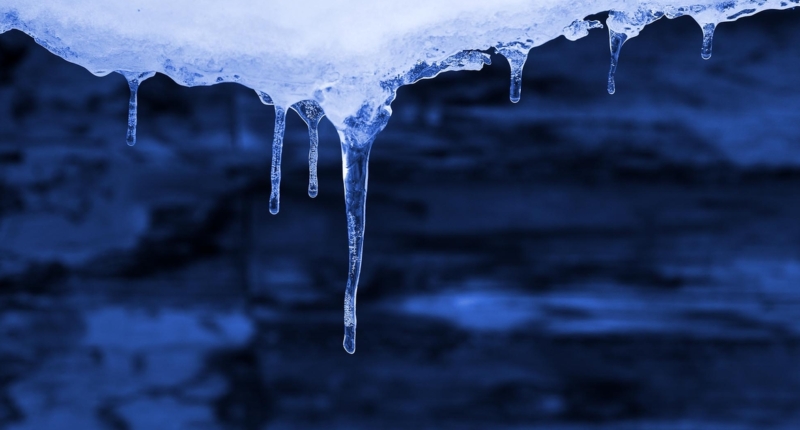In a growing sub-genre of music, the sounds of melting ice and changing weather inspire a unique way of experiencing and understanding the forces shaping our world. Recordings of Earth’s climatic extremes offer an aural insight into the forces reshaping our world, and offer a different way of communicating knowledge that speaks to a wider audience. Norwegian musician and activist, Jana Winderen, has been transforming natural sounds into ambient collages for over 20 years, focusing on the otherworldly tones of cracking, melting ice. Australian sound artist and researcher, Philip Samartzis, has been recording sounds at the edge of the world since 2010, while German producer Thomas Koner has been making music from melting ice since the 1990s. Their albums offer an astounding diversity and clarity to the music of melting ice. The recordings provide listeners with a physical experience that doesn’t take up any space, and they offer a unique way to experience and understand the forces shaping our world.
The sounds of melting ice and changing weather have inspired a growing sub-genre of music. While documentaries have focused on the visual effects of global warming, a talented group of people are delving into the auditory equivalent. Climate professors, environmental activists, and ambient music artists are among those offering aural insight into the forces shaping our world. Even lovers of polar adventure can experience recordings of the melting permafrost and contracting glaciers of the Swiss Alps or the hair-raising recordings of a violent blizzard in Antarctica.
Norwegian musician and activist, Jana Winderen, has been transforming natural sounds into ambient collages for over 20 years. She focuses on the otherworldly tones of cracking, melting ice, and recordings from polar regions like Greenland. These recordings include smooth, descending glissandos like a diving missile or percussive slaps like a bebop drummer. Her albums offer an astounding diversity and clarity to the music of melting ice.
In 2010, Winderen released the album “Energy Field,” which creates a tone poem to icy landscapes that teem with the often unseen drama of frozen rivers and moving glaciers. Winderen stated that she made an early decision to work with the immaterial material that sound is, no matter how physical it can be. She offers listeners a physical experience that doesn’t take up any space, and she reuses her recording equipment.
In conclusion, the growing sub-genre of music that explores the sounds of melting ice and changing weather offers a unique way to experience and understand the forces shaping our world. Winderen’s work is just one example of how these recordings can be transformed into ambient collages that offer an immersive experience to listeners.
Australian sound artist and researcher, Philip Samartzis, has been recording sounds at the edge of the world since 2010 when he had an arts fellowship to document the acoustic environment of Australia’s Davis Research Station in Antarctica. Since then, he has recorded sounds in the Swiss Alps, where his new album, “Atmospheres and Disturbances,” tracks the rapidly disintegrating environment through the sonic screams of a melting landscape. He believes that these recordings may not be scientifically sound, but they offer a different way of communicating knowledge and a different aperture of experience that speaks to a wider audience.
German producer Thomas Koner has been making music from melting ice since the 1990s, inspired by the awe of Arctic spaces and the slow inevitability of its vast ice formations. Koner’s 2012 album, “Novaya Zemlya,” which is a testament to glaciers in the Arctic archipelago, might be his last work. His albums evoke a sense of isolation and indifference felt at the world’s ice extremes.
For those who need more ice music in their lives, there is a Spotify playlist created by The New York Times that offers icy reflections on a changing world. These recordings offer a unique way of experiencing and understanding the forces shaping our world, rather than owning an object.
Don’t miss interesting posts on Famousbio
